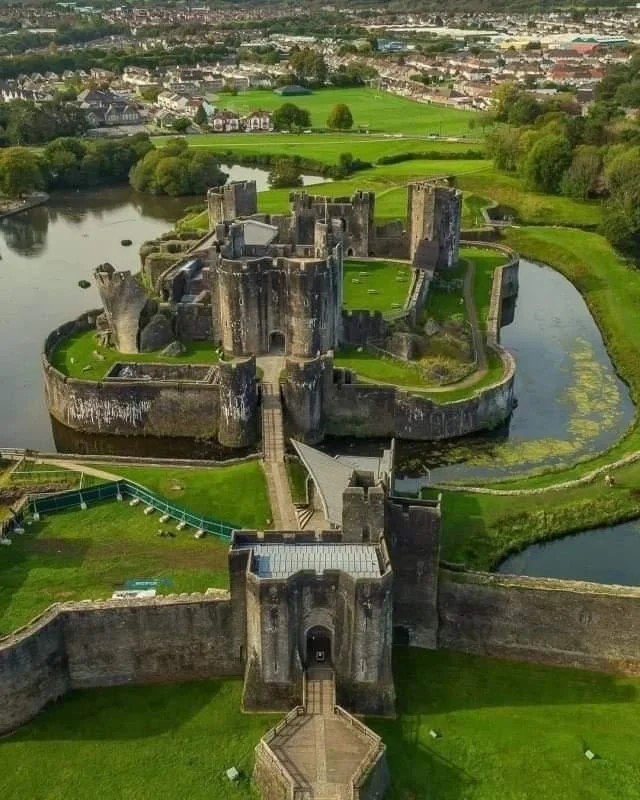Ancient castles that make you wonder, because they were built by people (16 photos)
Construction in the past took decades. Many castles have survived to this day, and some even continue to function, receiving guests. This post contains various buildings from past centuries that amaze with their beauty and size. 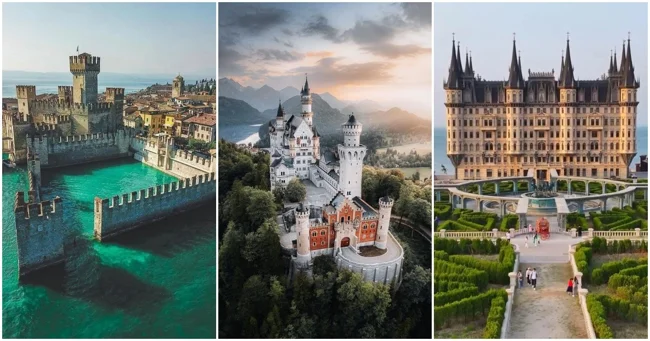
1. Beaufort Castle in Beaufort, Luxembourg. Located 2 miles from the border with Germany. Built around the 11th century 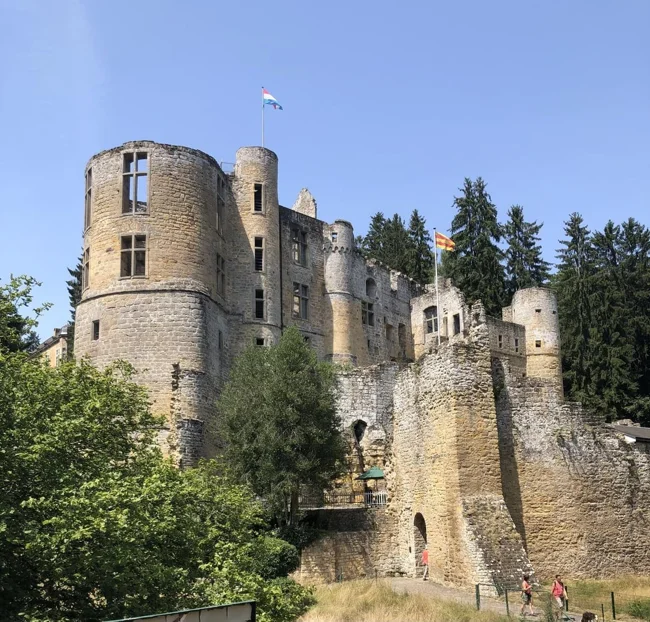
Early period: 11th-12th centuries
At the beginning of the 11th century, Europe began to actively build castles. This was due to political instability, the need for protection from external threats and internal feudal conflicts. The first castles, called motte and bailey (from the French motte-and-bailey, sometimes called mound-palisade castles), were wooden structures on artificial embankments, surrounded by ditches and palisades. They were relatively quick to build and provided protection from attacks.
However, wood was an easily burnt material, and soon wooden castles began to be replaced by stone ones. One of the first stone castles was the Tower of London, the construction of which began in 1078 under William the Conqueror. Stone castles had a higher degree of protection and could withstand long sieges.
2. Vianden Castle, located in Vianden, Luxembourg, This castle is one of the largest fortified castles west of the Rhine. It was completed in the 10th century 
Period of prosperity: 13th-15th centuries
The 13th century saw the beginning of the era of grandiose construction of stone castles. The defensive characteristics of castles became more complex. Massive towers (donjons), high walls with loopholes, moats, drawbridges and barbicans were erected. The key role was played by crenellated walls (merlons) and machicolations (overhanging structures with loopholes for the defenders).
An example of one of the most famous castles of this period is Carcassonne Castle in France, rebuilt in the 12th-13th centuries. The castle was fortified with a double ring of walls, towers and barbicans, making it virtually impregnable.
The construction of such castles took decades. For example, Wartburg Castle in Germany was built from 1067 to 1200. The labor costs were colossal: from several hundred to several thousand people were needed to build a medieval castle. Workers were exposed to risks: not only because of the heavy physical labor, but also because of the danger of collapses, falls from heights, as well as diseases and infections that spread among the workers living closely together.
3. Eltz Castle in Germany 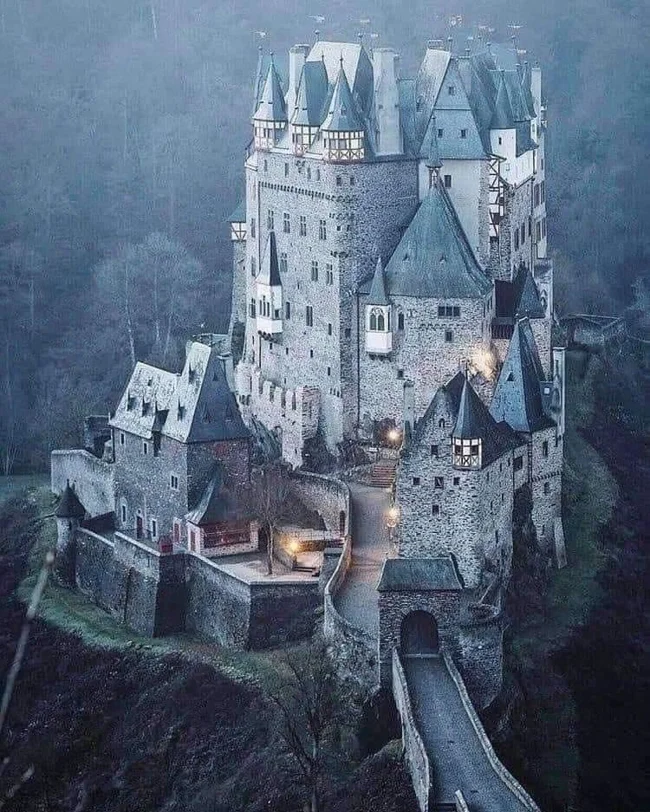
Late Period: 16th-18th Centuries
With the advent of firearms in the 15th-16th centuries, traditional castles began to lose their importance as defensive structures. Cannons could now easily destroy even the thickest walls. In response, castles began to be built with lower and thicker walls, and their shapes became more rounded to better reflect artillery shells.
However, during the 17th and 18th centuries, castles began to lose their strategic importance. Many of them were converted into luxurious palaces or country residences, such as Versailles in France, which was originally a small hunting lodge and later turned into a grand residence for the French kings.
4. View of Windsor Castle, UK 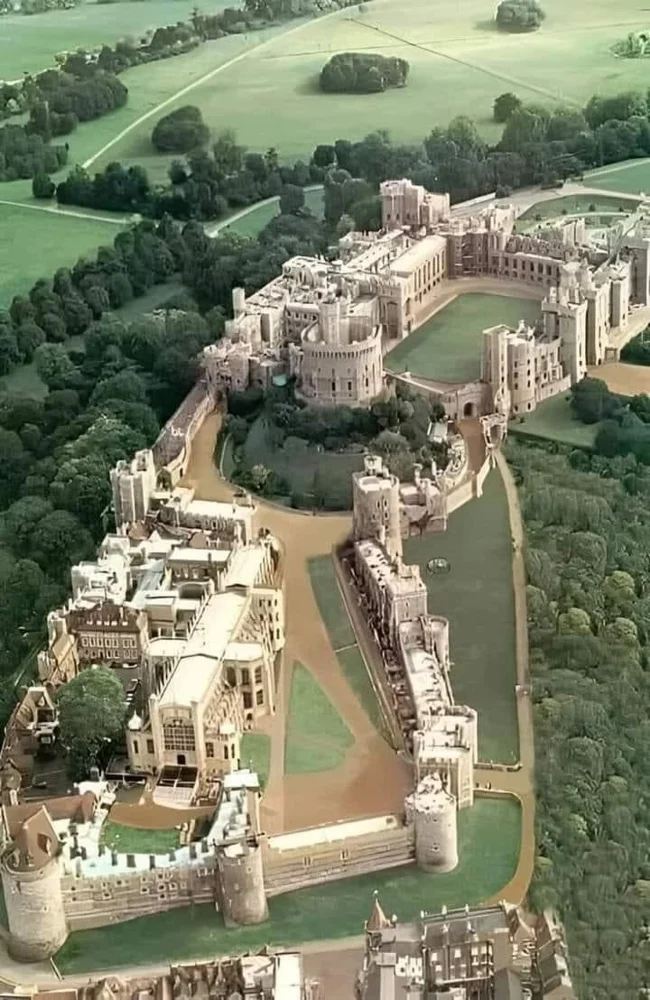
Difficulties and dangers of construction
Building castles was a difficult and dangerous business. Workers - masons, carpenters, blacksmiths and handymen - often faced dangers. The lack of modern technology and safety precautions made construction deadly dangerous: falls from scaffolding, accidents while lifting heavy stone blocks, collapses of scaffolding, diseases such as plague and dysentery - all this took the lives of many builders.
The construction of large castles required many resources: stone, wood, metal. Extraction and delivery of these materials was also a dangerous and labor-intensive task. On average, it took 10 to 20 years, and sometimes more, to build a stone castle.
5. Liechtenstein Castle, Austria 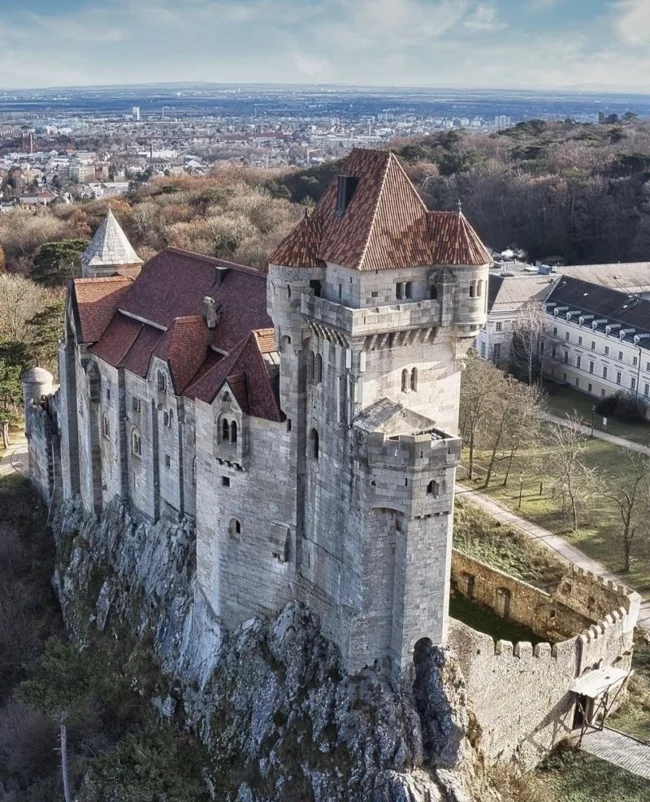
Castles remain symbols of medieval power and architectural genius. From simple wooden structures to majestic stone fortresses, the history of castles reflects the development of engineering skills and the changing political environment. They served not only as places of residence and protection, but also as an embodiment of the power and status of their owners. Despite the difficulties and dangers, medieval builders created masterpieces that continue to amaze us today.
6. Hohenzollern Castle, Germany 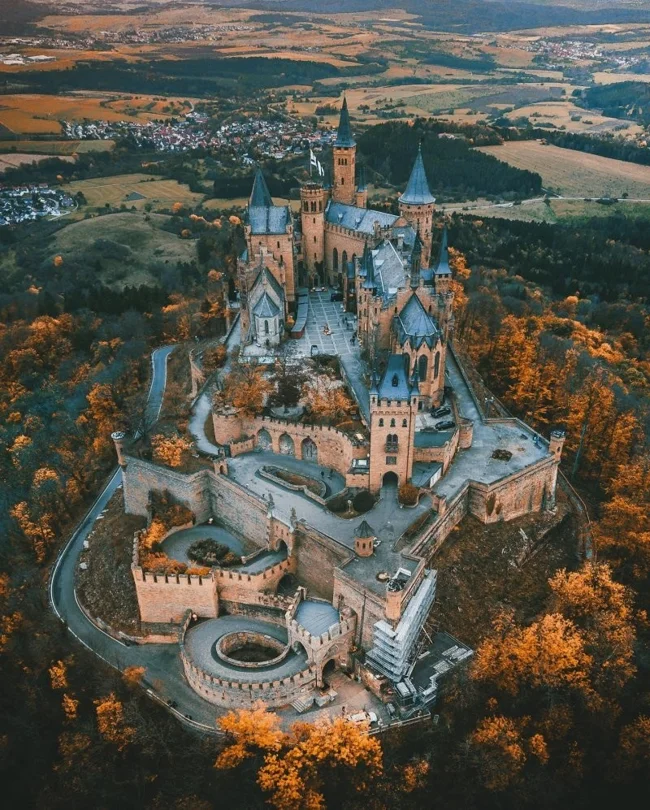
7. Scarbo Tower, Northern Ireland
[thumb]https://cn22.nevsedoma.com.ua/p/28/2810/116_files/09068d107a2f1 1f874fded84f4f28c72.webp[/thumb]
8. Neuschwanstein Castle, Bavaria, Germany 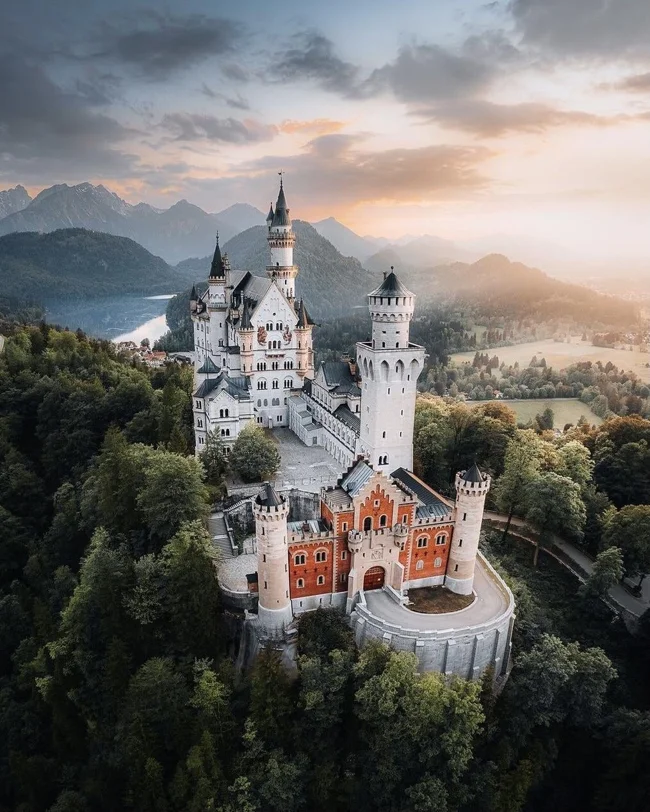
9. Chateau Lavut Polignac, France 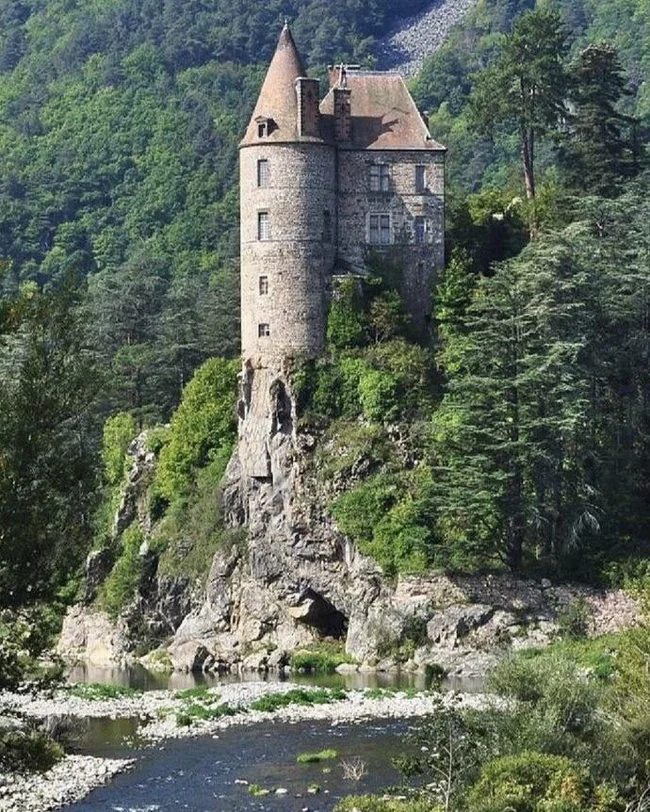
10. Castel Nuovo, Italy 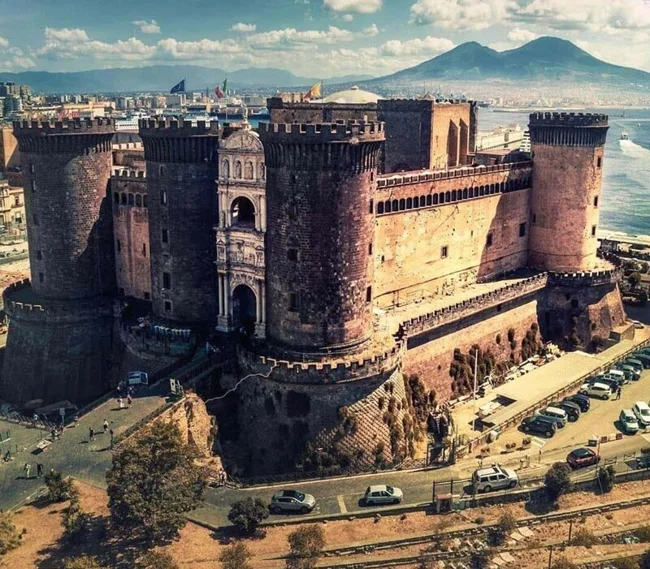
11. Castle in the rock off the coast of Garinish, peninsula Beara, Ireland 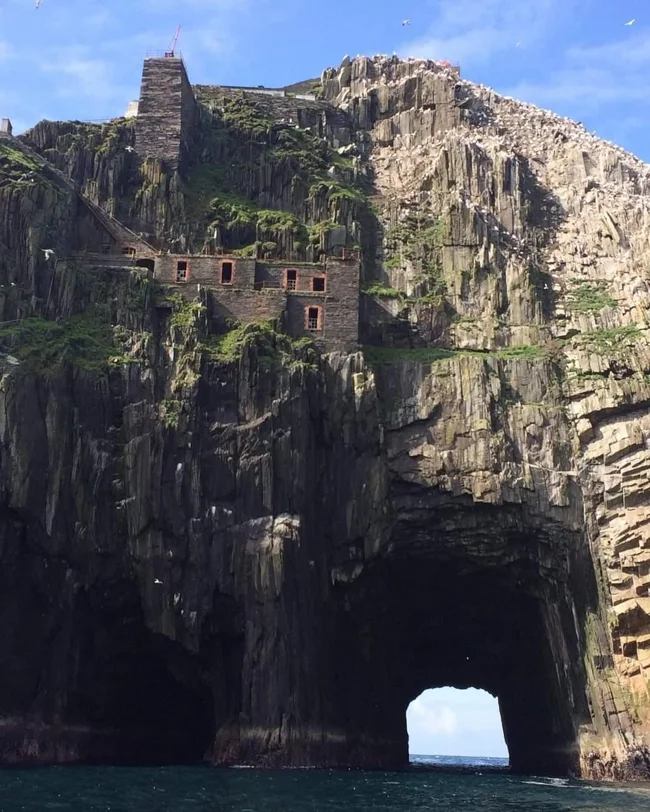
12. Peles Castle, Romania 
13. Caerphilly Castle, Wales 